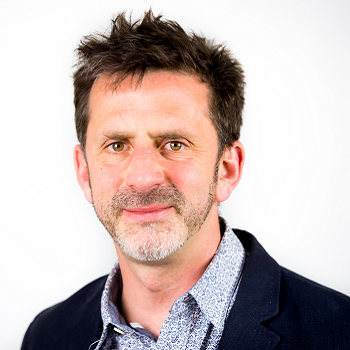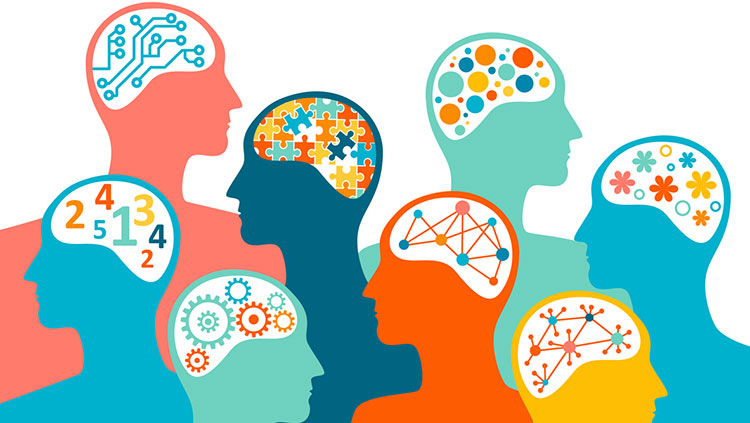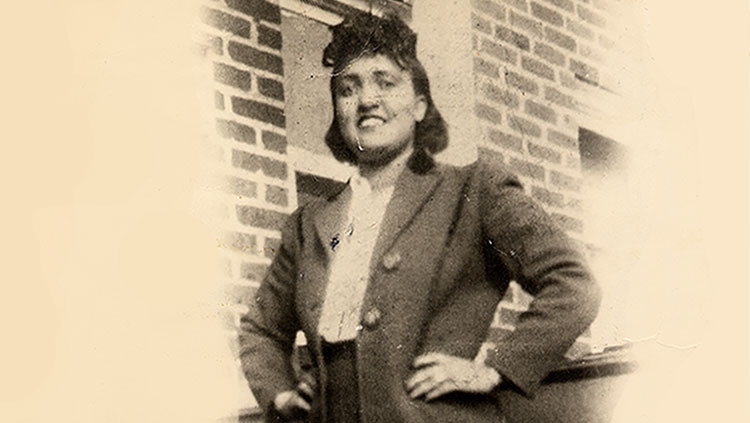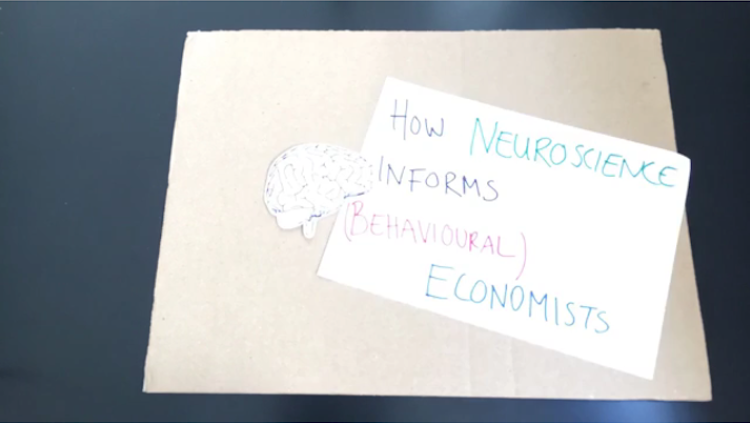Brain Capital: An Investment in Equity
- Published14 Mar 2022
- Author Richard Wingate, DPhil
- Source BrainFacts/SfN
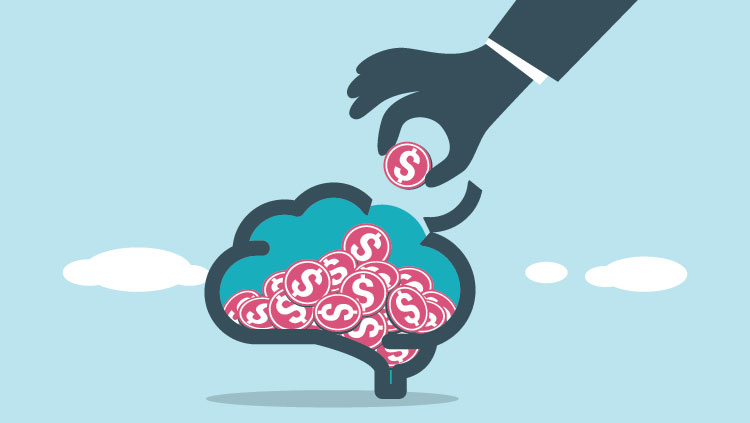
What could be easier than getting someone interested in how their brain works? It should be straightforward, simple. The brain is who we are — it is the sum total of our thoughts and actions. But this scientific truth, hard won through the nineteenth and twentieth centuries, is not enough. And perhaps against our best intentions, neuroscientists like myself, in celebrating the brain's extraordinary complexity, contribute to the sense that it is difficult, mysterious, and remote.
Subtleties of language, long embedded in culture also play a part in erecting barriers. The adjective “brainy” is exclusive in a way that the words “loving” and “caring” are not. Think about your heart, and we have inside an organ that is the poetic home for affection and pain. Our heart beats faster when we see the one we love. Our heart breaks when we are rejected. Emotions can be “heart” felt, but feelings can be suppressed by the precise and calculating brain.
The irony, of course, is that a “feeling” person is as much a brainy person as a math genius. All that passion, or anger, joy, love, and laughter that we experience are properties of our neurons. Braininess is not just about intelligence; it is about everything else that makes us human. If we sometimes forget this, it is undoubtedly to the detriment of the brain — but also to society.
"If brains are just for the brainy, then we all suffer."
We all benefit from more knowledge to both understand and care for this most vital organ. But the idea that the brain is complicated and tricky doesn’t help. If brains are just for the brainy, then we all suffer. Because to care about our brain is to care about the range of human emotions and feelings — the way we interact with each other, learn and play, remember what we like, and what we hate — just as much as our ability to solve equations. Brains are about poetry and politics as much as IQ and Nobel Prizes.
Caring for our brains in the same way that we care for the rest of our body comes with understanding, and increasing brain awareness is an important societal challenge across the globe. In school, where brain science only squeezes into the fringes of elementary education, the formal curriculum can only be one within a range of social and cultural actors that shape awareness. These collective assets build a social “capital” of the brain: a “brain capital” that determines our baseline receptiveness to ideas about neuroscience.
Understanding brain awareness in terms of capital allows us to think about the factors that play into that baseline receptiveness. It borrows from the ideas of a social scientist, Pierre Bourdieu, who used “capital” to understand equity and inequality in education. An audience with a low brain capital may either be wary of (or deaf to) brain science — excluded from attending to a vital part of their lives as much as the lack of general literacy can lead to social exclusion. If we are to empower and include, then we must pay attention to brain capital in the same way as we concern ourselves with reading ability and poverty.
"What would a society look like that demanded brain function be monitored with the same regularity as heart rate and sugar levels in our blood?"
The kinds of things that build brain capital are those that build other forms of cultural capital: families and communities, values, and interests. For the brain, it could build from a friend who loves neuroscience, an article in magazine, the school visit from a neuroscientist, the exhibit at the local science museum, a manga comic about cells, or the video game that pitches neurons against viruses. Brain capital does not necessarily build educational attainment in neuroscience. And it is not the point.
It is about creating access to an understanding that the brain is as much for thoughts, feelings, and emotions as intelligence. It is about appreciating that we can both look after and damage this delicate organ in the way that we live our lives. What would a society look like that demanded brain function be monitored with the same regularity as heart rate and sugar levels in our blood? Would we be as reckless with our sleep, intoxicants, and work/life balance?
BrainFacts.org is a player in the mission to build brain capital by making stories about the brain, brain science, and scientists accessible and engaging. If you are reading this, you are likely to already be neuro-interested. However, perhaps you stumbled here without any intention of reading about the brain. Even if this is the case, your personal store of brain capital was sufficient for you to pause to look. If we can keep you here a little longer, give you something else that you might want to think about and then relay to a friend, then we have collectively helped raise awareness and done something important and empowering — we have invested a little more brain capital in you to pass on to others.
CONTENT PROVIDED BY
BrainFacts/SfN
References
Bourdieu, P. (1986). The forms of capital. In J. Richardson (Ed.), Handbook of theory and research for the sociology of education (241-258). New York, NY: Greenwood.
Calabrese Barton, A., Tan, E., Greenberg, 2017. The makerspace movement: Sites of possibilities for equitable opportunities to engage underrepresent youth in STEM. Teachers College Record 119, 1-44.
Martin, L., 2015. The promise of the maker movement for education. Journal of Pre-College Engineering Education Research 5, 4.
Also In Law, Economics & Ethics
Trending
Popular articles on BrainFacts.org


